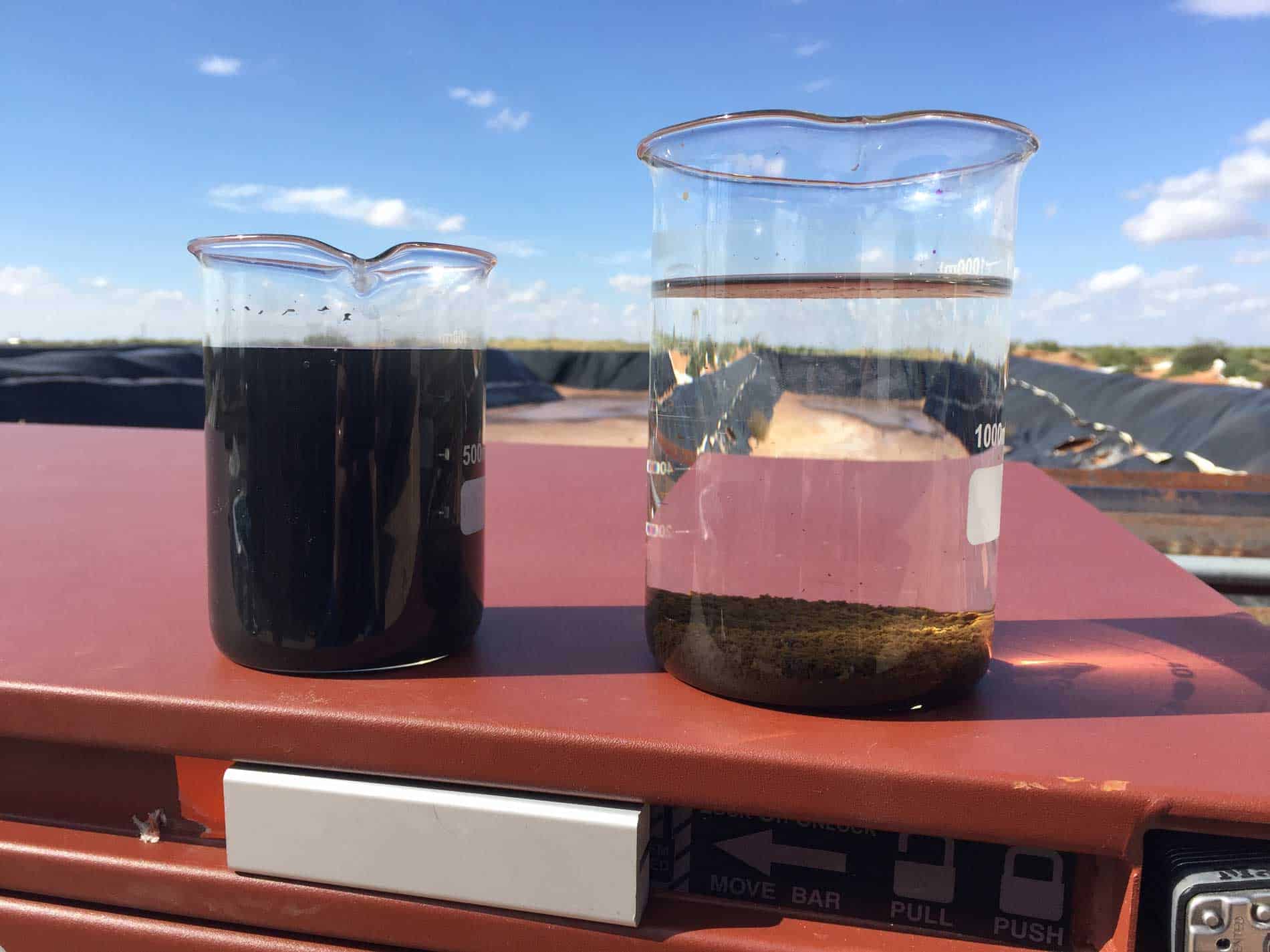Microbial Growth in Produced Water Testing
The production of oil and gas from reservoirs involves the extraction of hydrocarbons along with significant volumes of water, known as produced water. This water contains various chemical constituents and biological components that can pose challenges for both environmental protection and operational efficiency. Microbial growth within this produced water is a critical concern due to its potential impact on pipeline integrity, corrosion control, and overall operational costs.
Microbes in produced water can thrive under specific conditions, leading to biofilm formation, which can accelerate metal corrosion rates by up to 20 times. Corrosion causes significant financial losses for the oil & gas industry and affects equipment longevity. Additionally, microbial-induced corrosion (MIC) can lead to operational disruptions and safety hazards.
The presence of microorganisms in produced water is not only a concern for pipeline integrity but also impacts the quality of process water used within refineries and other downstream facilities. Microbial growth can interfere with chemical treatments, alter the pH levels, and reduce the efficiency of separation processes. Therefore, it's crucial to monitor microbial activity in produced water regularly.
Our laboratory specializes in providing comprehensive testing services for identifying and quantifying microbial populations in produced water samples. This service includes a detailed analysis of bacterial communities using advanced molecular biology techniques such as polymerase chain reaction (PCR) and next-generation sequencing (NGS). These methods allow us to detect even trace amounts of microorganisms, ensuring accurate assessment.
The testing process begins with the collection of produced water samples from various points along the production line. Samples are then prepared according to standard procedures outlined in ISO standards and industry best practices. Following preparation, samples undergo a series of tests designed to identify specific microbial genera associated with oil & gas operations.
Our laboratory uses cutting-edge microbiological equipment such as flow cytometers and fluorescence microscopy to visualize and quantify microorganisms present in the sample. These instruments provide precise data on microbial diversity and abundance, which is essential for understanding potential risks and developing appropriate mitigation strategies.
The results from our tests are presented in a detailed report that includes both quantitative and qualitative assessments of microbial presence in produced water. This information helps operators make informed decisions regarding their corrosion control programs, treatment protocols, and overall maintenance schedules. By addressing microbial growth early on, companies can prevent costly repairs and extend the life expectancy of their assets.
Our expertise extends beyond just identifying microorganisms; we also offer advice on how to manage these findings effectively within your organization's framework. Our team comprises experienced professionals who understand both the technical aspects of microbiology as well as regulatory requirements pertinent to this field. Together, they ensure that clients receive actionable insights derived directly from their test results.
Scope and Methodology
- Sample Collection: Produced water samples are collected at strategic locations throughout the production process.
- Preparation: Samples undergo standardized procedures to ensure they represent real conditions accurately.
- Testing: Utilizes PCR and NGS technologies for comprehensive microbial identification.
- Data Analysis: Interpretation of raw data into actionable insights regarding microorganism types and quantities.
Industry Applications
The oil & gas industry relies heavily on produced water management to ensure efficient operations while minimizing environmental impacts. Understanding microbial growth in this context is vital because it directly influences the effectiveness of corrosion control measures and treatment methods employed during processing.
- Corrosion Control: Identifying microbial species responsible for causing metal degradation allows operators to implement targeted strategies to mitigate damage.
- Treatment Optimization: Knowing which microorganisms are present helps tailor chemical dosages and other treatments more precisely, enhancing their overall performance.
- Maintenance Planning: Regular monitoring of microbial levels enables proactive maintenance planning, reducing unexpected downtime associated with equipment failures due to corrosion or biofouling.
Environmental and Sustainability Contributions
Efficient management of produced water is crucial not only for operational reasons but also from an environmental perspective. By controlling microbial growth, we contribute positively to both local ecosystems and global sustainability goals.
- Reduction in Emissions: Controlling corrosion through effective biofilm management reduces the release of harmful substances into nearby water bodies.
- Biodiversity Preservation: Properly managed produced water systems help maintain ecological balance by preventing excessive growth that could disrupt natural habitats.





